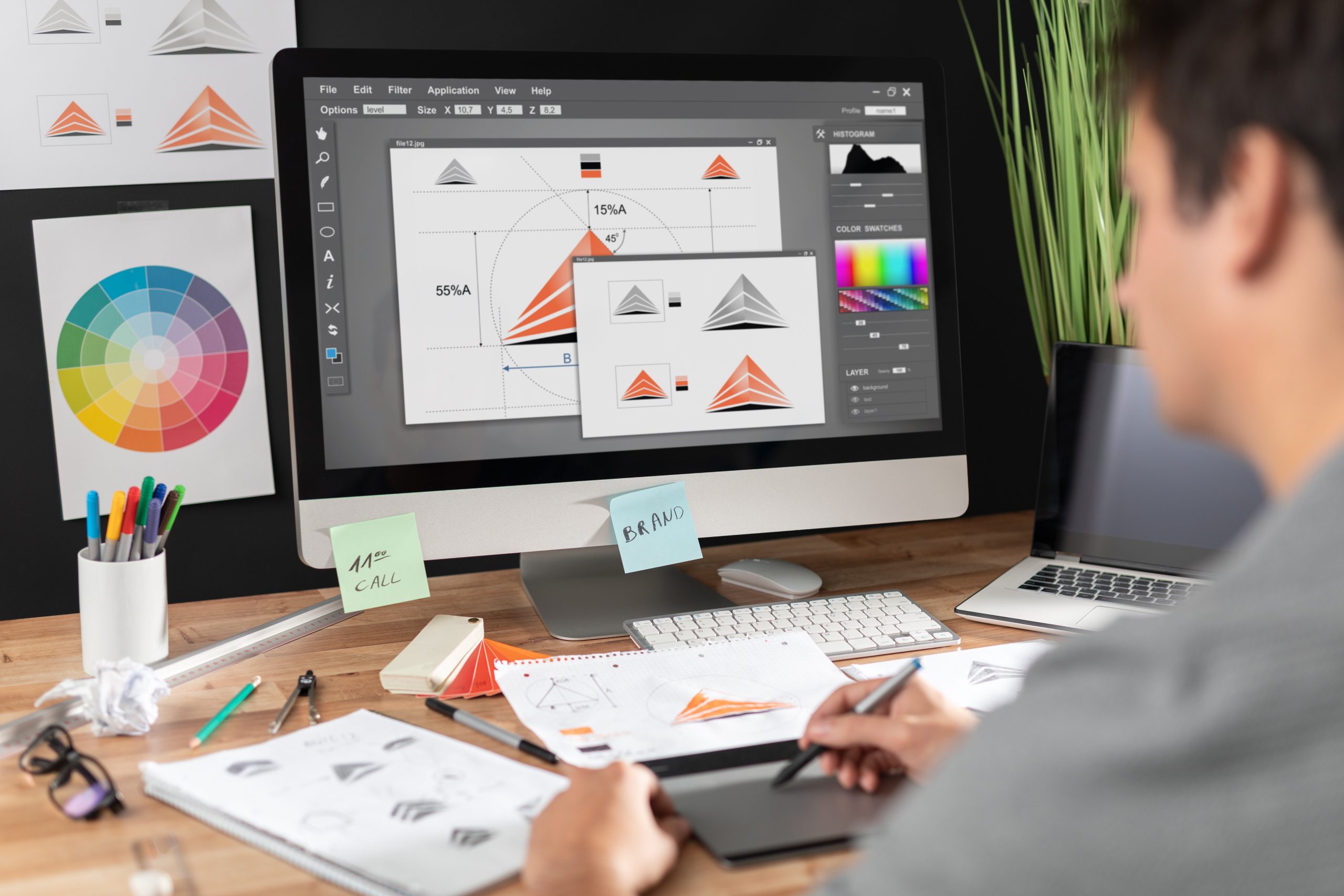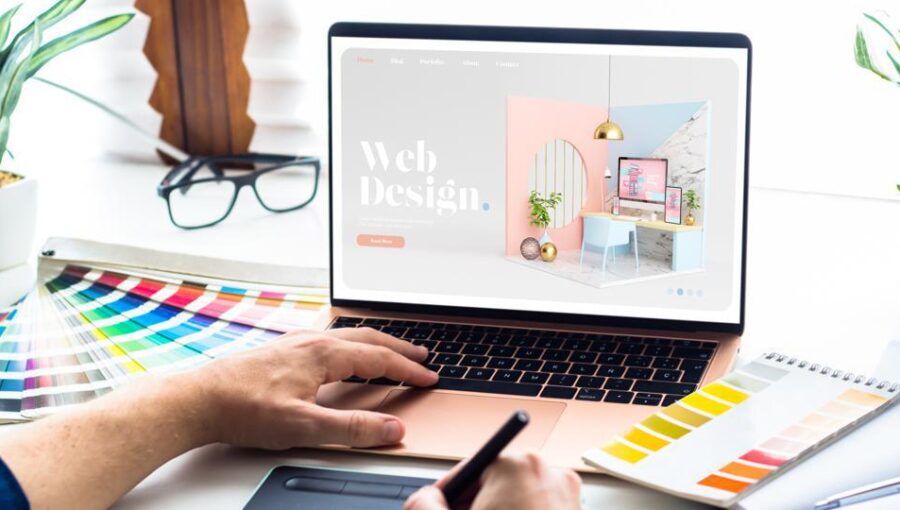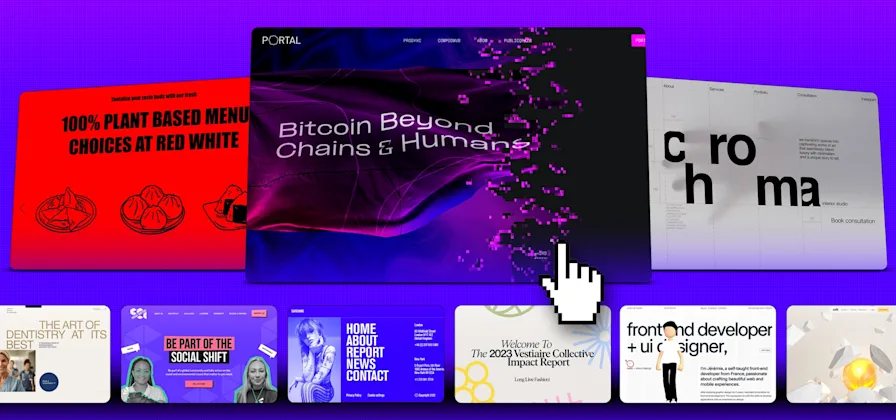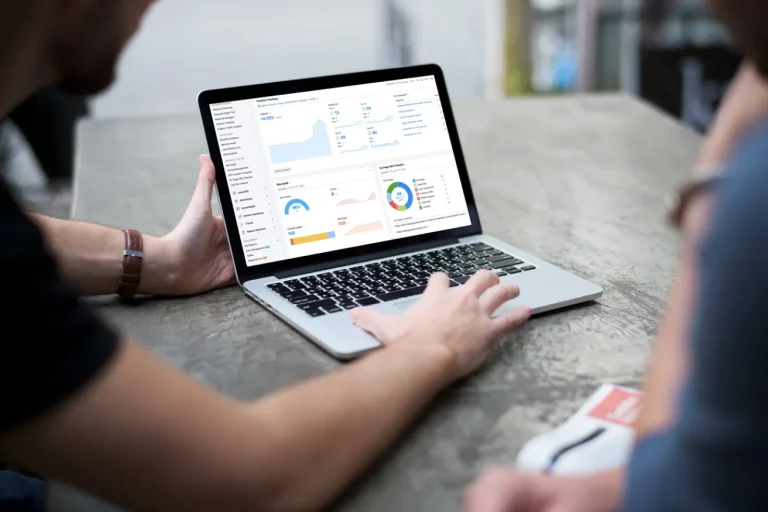A Guide to Mastering Graphic and Web Design
In today’s digital landscape, a website is more than just an online brochure – it’s a captivating experience that reflects your brand identity and compels users to take action. But what makes a website truly successful? The answer lies in the harmonious blend of graphic and web design.
This guide delves into the world of these powerful tools, empowering you to craft websites that are not only visually stunning but also user-friendly and achieve your business goals. Whether you’re an aspiring designer, a business owner, or simply someone passionate about creating impactful online experiences, this comprehensive guide will equip you with the knowledge to unlock the magic of graphic and web design.
The Pillars of Graphic and Web design
In the realm of digital communication, a website functions as your brand’s virtual storefront. But just like a physical store, visual appeal and functionality are equally important in captivating customers and driving conversions. This is where the magic of graphic design and web design come into play – two distinct disciplines that, when harmonized, create a powerful duo.
Graphic Design
Imagine graphic design as the artistic storyteller, wielding the tools of typography, color, imagery, and layout to craft a compelling narrative about your brand. This encompasses everything from your logo, the cornerstone of your brand identity, to the captivating social media graphics that grab attention on various platforms. A skilled graphic designer understands how to use these elements strategically to evoke emotions, communicate your brand values, and leave a lasting impression.

Web Design
Web design, on the other hand, takes the center stage as the architect of user experience (UX). Here, the focus is on crafting a website that is not only aesthetically pleasing but also intuitive and user-friendly. This involves meticulously arranging website elements like navigation menus, calls to action, and informational content to create a seamless flow for visitors. Think of it like designing a well-organized store layout that guides customers effortlessly towards the products they seek.

The Synergy
While graphic design and web design have distinct roles, their true power lies in their synergy. Imagine a website where a stunning logo (graphic design) seamlessly integrates into a user-friendly layout (web design). This cohesive visual language strengthens brand recognition and creates a positive user experience, ultimately leading to a website that not only looks beautiful but also converts visitors into loyal customers.
The Foundations of Graphic and Web design
Now that we understand the significance of each field, let’s explore the core principles that underpin both graphic design and web design:
Graphic Design Principles:
- Visual Hierarchy and Balance: Just like a well-composed photograph, a website needs visual harmony. Graphic designers use visual hierarchy to guide the user’s eye towards important information through size, color, and placement of elements.
- Typography and Readability: Beautiful fonts can elevate your design, but prioritize readability above all else. Graphic designers choose fonts that complement the overall style and are easy to read on various screen sizes.
- Color Theory and Psychology: Colors aren’t just visual elements – they evoke emotions and influence user behavior. A skilled graphic designer understands color theory and uses it strategically to create a brand identity that resonates with the target audience.
- Imagery and Storytelling: High-quality visuals are the cornerstone of any website. Graphic designers use captivating images and graphics to not only enhance visual appeal but also tell your brand story and connect with your audience on an emotional level.
- Design Thinking and User Experience (UX): The best designs consider the user’s needs and journey. Graphic designers employ design thinking principles to create visuals that are not only aesthetically pleasing but also intuitive and user-friendly.
Web Design Principles:
- Website Layout and User Interface (UI): Web design focuses on arranging elements on a webpage to create an optimal user experience (UX) and a visually appealing interface (UI). This includes navigation menus, calls to action, and the overall flow of information.
- Information Architecture (IA): Just like organizing your physical space, websites need a logical structure. Information architecture (IA) involves organizing website content in a way that is easy to find and navigate, ensuring a smooth user experience.
- Responsiveness and Mobile-Friendliness: In today’s mobile-first world, websites need to look and function flawlessly across all devices. Responsive web design guarantees that your website adjusts to various screen dimensions, providing an ideal browsing experience across desktops, tablets, and mobile devices.
- Accessibility: Web design should be inclusive. Accessibility best practices ensure that websites are usable by everyone, including people with disabilities. This includes features like alternative text descriptions for images and proper keyboard navigation.
- Search Engine Optimization (SEO): Optimizing website design elements can improve search engine ranking. Web designers consider factors like page speed, image optimization, and website structure to enhance a website’s visibility in search results.
The Art of Cohesive Design
The magic truly happens when graphic design and web design work together seamlessly. Here’s how:
- Creating a Cohesive Brand Identity: A strong brand identity is easily recognizable across all touchpoints. Graphic designers create logos, color palettes, and typography that are then translated into the website by web designers, ensuring a consistent visual language.
- Visual Consistency Across Platforms: Maintaining a consistent visual style across your website, social media graphics, and marketing materials builds brand recognition and trust.
- Interactive Design Elements: Web design goes beyond static visuals. Animations, microinteractions (like hover effects on buttons), and other interactive elements can enhance user engagement.
- Utilizing White Space and Minimalism: Not everything needs to be filled with visual clutter. Strategic use of white space and a minimalist approach can create a clean and uncluttered aesthetic that promotes focus and readability, especially important for websites with a lot of information.
- The Power of Storytelling: A compelling brand story resonates with your audience and builds emotional connections. Both graphic and web design elements can be used to weave a captivating story, from hero images on the homepage to strategic use of color and imagery throughout the website.
Equipping Yourself for Graphic and Web Design Success
Now that you’re armed with the knowledge of graphic and web design principles, it’s time to explore the tools that can help you bring your vision to life:
- Graphic Design Software: Industry-standard software like Adobe Photoshop, Illustrator, and InDesign offer powerful tools for creating stunning visuals. However, free and user-friendly options like Canva are also excellent choices for beginners.
- Web Design Software: Several software programs cater specifically to web design. Figma, Sketch, and Webflow are popular choices, offering features for designing website layouts, user interfaces (UI), and even prototyping interactive elements. Again, free options like Canva can be a good starting point.
- Online Design Resources: Canva and Piktochart provide pre-designed templates and user-friendly interfaces for creating basic graphic design elements and social media graphics. These platforms are a great way to get started without needing extensive design software knowledge.
- Stock Photo and Video Libraries: High-quality visuals are crucial for any website. Websites like Unsplash, Pexels, and Shutterstock offer a vast library of free and paid stock photos and videos to elevate your website’s design.
- Web Design Inspiration Websites: Seeking inspiration is key! Websites like Awwwards, Behance, and The Design Gallery showcase award-winning website designs, allowing you to explore current trends and discover innovative approaches to web design.
Conclusion
The magic of graphic and web design lies in their ability to transform a website from a digital brochure into a captivating and interactive experience. By understanding the core principles of each discipline and wielding the power of the right tools, you can craft a website that not only resonates with your brand identity but also guides users seamlessly towards your goals.
Ready to unlock the full potential of your online presence? OnextStudio offers a comprehensive suite of services designed to bring your website vision to life. Our team of skilled professionals can collaborate with you on various aspects. Don’t settle for an ordinary website. Contact us today for a free consultation and let’s craft a website that exceeds expectations!







